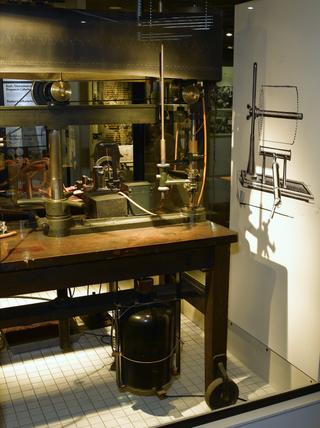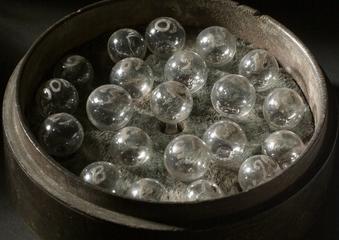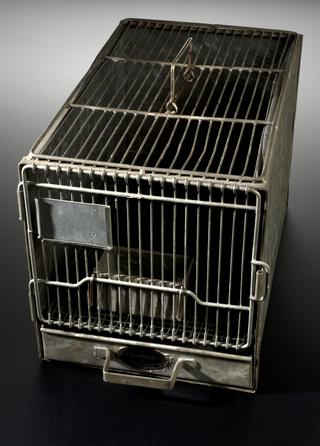
Kymograph mounted on a trolley and powered by mains electricity
- Made:
- 1945-1950 in United Kingdom






Kymograph mounted on a trolley and powered by mains electricity, the trace would be recorded on smoked paper, unsigned, British, 1945-1950
The kymograph is a standard laboratory measuring device that can record a variety of phenomena. Its inventor, German physiologist Carl Ludwig (1816-1895), used it to record arterial blood pressure. Kymographs consist of a drum, which rotates at a steady speed. An arm holding a pen or stylus then moves in response to the phenomena. It records the results on the drum over a period of time. This kymograph is fixed to a trolley and is powered by mains electricity rather than batteries or clockwork.
Details
- Category:
- Laboratory Medicine
- Object Number:
- 1985-722
- Materials:
- steel (metal), oak (wood), glass, plastic (unidentified), beech (wood), iron, copper (alloy) and copper plated
- Measurements:
-
overall: 1570 mm x 1200 mm x 530 mm,
- type:
- kymograph
- credit:
- Queen Elizabeth College




